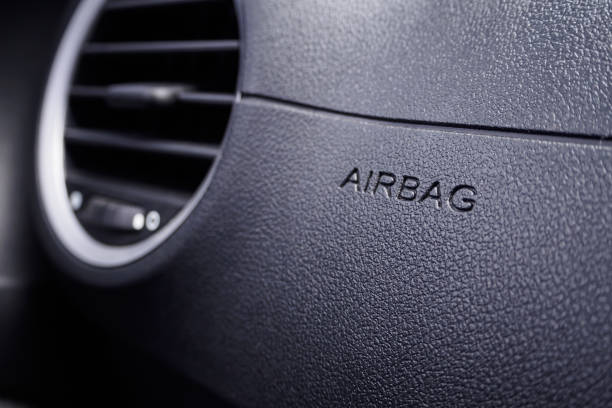July 13, 2023
Are airbags passive or active?
Airbags are considered passive safety devices. Passive safety systems are designed to activate automatically during an accident or collision without any action required by the vehicle occupants. They are intended to minimize the potential for injury by providing a cushioning effect and reducing the impact forces experienced by the occupants.
When a collision occurs, sensors in the vehicle detect the sudden deceleration or impact, which triggers the deployment of the airbags. The airbags rapidly inflate to provide a protective barrier between the occupants and the hard surfaces of the vehicle, such as the steering wheel, dashboard, or side panels. This helps to reduce the risk of severe head, chest, and limb injuries during the impact.
So, in summary, airbags are passive safety features because they automatically deploy to protect occupants without any active participation required from the vehicle occupants.

Where are airbags used?
Airbags are primarily used in automobiles, including cars, trucks, and other passenger vehicles. They are a standard safety feature in modern vehicles and are typically installed in multiple locations throughout the vehicle’s interior.
Here are some common locations where airbags are typically found in vehicles:
- Frontal Airbags: These airbags are located in the steering wheel hub for the driver and in the dashboard area on the passenger side. They are designed to deploy in the event of a frontal collision to protect the occupants’ heads and chests.
- Side Airbags: Side airbags are usually located in the seatbacks, doors, or roof rails of the vehicle. They deploy during a side impact to provide protection for the occupants’ upper bodies and reduce the risk of injuries caused by intruding objects or the vehicle structure.
- Curtain Airbags: Also known as roof-mounted airbags or side curtain airbags, these airbags are typically installed along the sides of the vehicle’s interior, near the roofline. When deployed, they create a protective curtain that covers the windows and helps protect the heads of occupants in the event of a side impact or rollover.
- Knee Airbags: Knee airbags are located in the lower part of the dashboard, near the driver’s and front passenger’s knees. They are designed to minimize lower leg injuries by providing cushioning and support during a frontal collision.
It’s important to note that the specific placement and number of airbags can vary depending on the vehicle make, model, and trim level. Manufacturers continually improve and expand airbag systems to enhance occupant safety in different crash scenarios.

How fast do airbags move?
When airbags deploy, they typically move at very high speeds to provide effective protection during a collision. The exact speed at which an airbag inflates can vary depending on several factors, including the specific vehicle model and the severity of the crash. However, on average, airbags can reach speeds of around 200 miles per hour (320 kilometers per hour) within a fraction of a second.
The rapid inflation speed is crucial to ensure that the airbag reaches its full size and provides a protective cushioning effect before the occupants make contact with the vehicle’s interior surfaces. The high speed of inflation helps to reduce the impact forces experienced by the occupants and mitigate potential injuries, particularly to the head, chest, and upper body.
It’s important to note that the inflation speed of airbags is carefully designed and controlled to optimize occupant safety. Manufacturers take into account various factors, such as crash severity, occupant position and size, and the deployment force required to inflate the airbag appropriately. The goal is to provide effective protection while minimizing the risk of injury from the airbag deployment itself.
